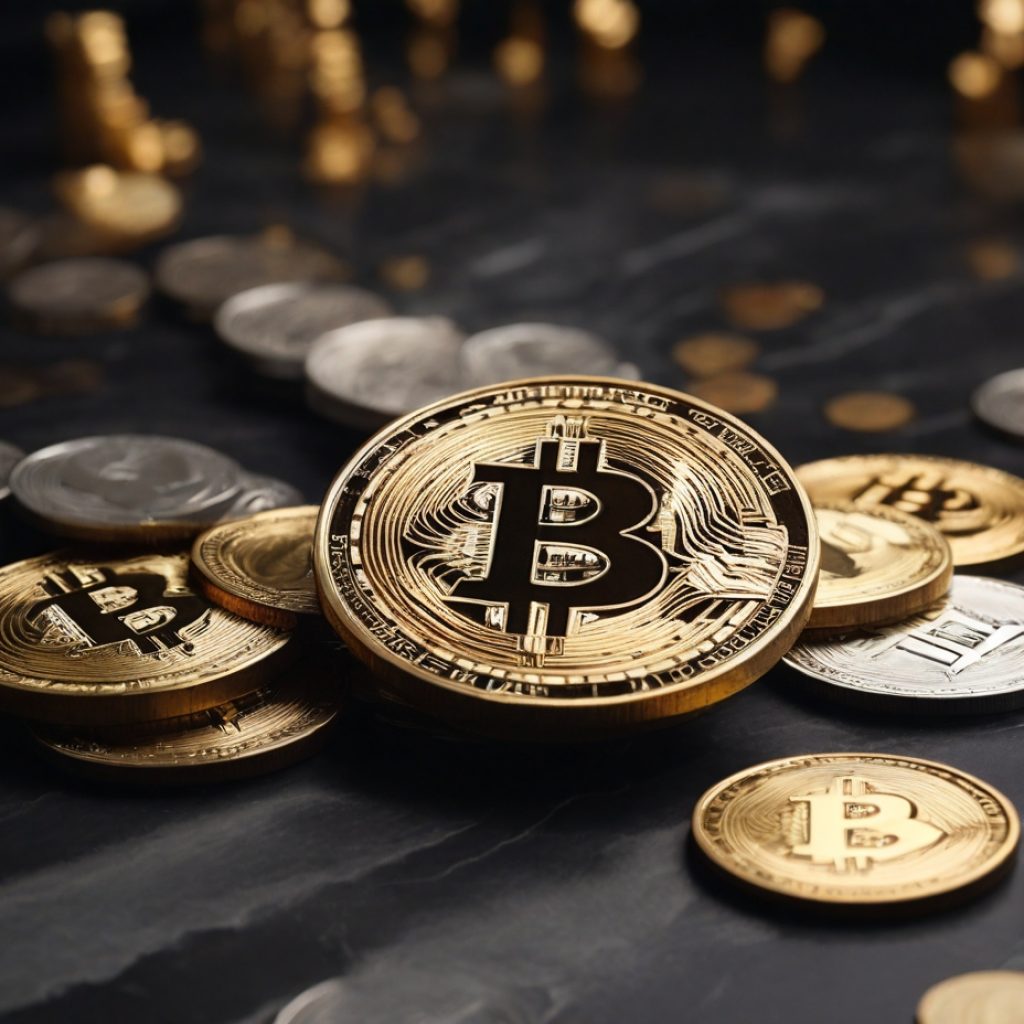China’s future economic growth has taken a questionable turn. Contrary to market expectations, the nation has only partially trimmed its benchmark lending rate.
As the world observes, it becomes apparent that the Asian powerhouse is battling an array of challenges, from a languishing property sector to a slackening currency.
Unfulfilled Predictions and Economic Riddles
When China made a mere 10 basis point cut to its one-year loan prime rate (LPR), bringing it to 3.45%, eyebrows were raised. The twist in the story? The five-year rate, with significant ties to mortgage lending, remains untouched at 4.2%.
Forecasts had painted a different picture. Economists, in a seemingly unanimous voice, had projected substantial cuts to both rates. Goldman Sachs’ chief China economist, Hui Shan, echoed the sentiment of many: the decision was unexpected and, in many ways, enigmatic.
Yet, the repercussions of this decision were felt immediately. China’s renminbi took a hit, sliding closer to last year’s lows. As if to further compound matters, Chinese stock markets, too, registered the tremors.
The Hang Seng China Enterprises index receded, despite recently announced reforms aiming to uplift investor confidence. Similarly, China’s benchmark CSI 300 index saw a decline.
The Pressure-Cooker Situation in Beijing
It’s evident: Beijing is facing the heat. A slew of unfavorable economic indicators have pushed the nation’s policymakers to the brink. The initial hopes of a robust economic revival post-pandemic restrictions have been marred by a series of setbacks.
A downturn in property, dwindling exports, and a rising tide of youth unemployment have put the brakes on China’s anticipated growth story. In a move that many perceived as sweeping their troubles under the rug, the government even opted out of disclosing the youth unemployment figures last week.
It’s crucial to note the grim statistic that truly encapsulates China’s economic plight: a mere 0.8% growth in the second quarter of 2023 compared to its preceding trimester.
Amid these trying times, Monday’s rate disclosure was more than just another announcement; it was a barometer for Beijing’s forthcoming economic strategies.
The decision, made in the wake of another unexpected rate cut for the one-year medium-term lending facility, left market watchers speculating on China’s course of action to arrest its economic downturn.
Economists, like Julian Evans-Pritchard of Capital Economics, posited that the lukewarm monetary policies suggested a hesitance on part of the People’s Bank of China (PBoC) to implement more drastic measures to kickstart credit demand.
Any hopes of rejuvenating the economy would, perhaps, hinge on heightened fiscal support.
Banking Sector at the Crossroads
China’s major banks, which play a role in determining the LPR, are bracing for their quarterly financial revelations. Their profitability is at risk.
The gravity of the situation is succinctly summarized by Shan, who hints that the recent policy moves underscore the government’s attempt to prioritize the banking sector’s smooth functioning.
Perhaps the reluctance to reduce the LPR stems from a bid to safeguard banks’ net interest margins. After all, a robust banking infrastructure is pivotal to cushioning economic blows and furthering the drive to deleverage the volatile property sector.
As Beijing dispatches teams to strategize on diminishing local governments’ debts, one cannot ignore the looming specter of the property crisis. A crisis ignited by Evergrande’s default in 2021 now threatens to upend Country Garden, a prime private homebuilder in China.
The tremors of this predicament risk spilling over into other vital financial domains.





